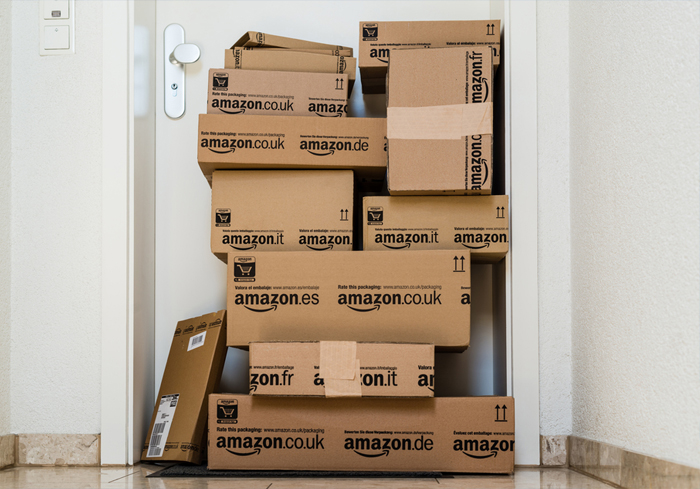
When it comes to delivering goods to its customers quicker, Amazon has gotten more creative in how the eCommerce giant approaches logistics.
While its delivery drone plans trickle forward, there’s one more delivery module the company is using to ensure its Prime members get the one- and two-hour deliveries that are being promised in the fast-paced, traffic packed New York City. Instead of always focusing on new technologies, Amazon has taken to the streets in one of the older forms of transportation: the subway, Financial Times reported.
So when New Yorkers see piles of boxes on pushcarts, that’s probably not just a consumer with a pile of orders — it’s likely an Amazon delivery person rushing to get those packages delivered in a quick time frame. While the delivery mode might seem a little old school, any New Yorker knows better than trying to navigate Manhattan — rush hour or not, as every hour seems to be rush hour in NYC. While Prime Now is not restricted to only NYC, as it has expanded to Miami and Dallas, the concept of using public transportation, bikes and simply walking is ideal for delivering many of its packages in Manhattan, an Amazon spokesperson told Financial Times.
Because Amazon doesn’t have a storefront presence, the eCommerce company realized it needed to find a way to compete with the convenience of being able to step foot in a store and grab a good, versus waiting for an item to be delivered from an online marketplace. But with its Prime Now option, Amazon hopes to close that gap between itself and traditional retailers.
While it may be a long way off for Amazon, the company could be inching closer to getting regulatory approval for its drone delivery program. The FAA recently granted Amazon permission to move forward with its drone testing stage. The requirements dictated by the FAA indicate that Amazon must keep drones flying no higher than 400 feet and speeds cannot exceed 100 mph. Amazon’s future plans for drone delivery, if fully approved, include delivery of packages that are traveling 10 miles or more from its distribution centers.